
Abandoned home in the frosting cold of Virginia.
https://abandonedplaygrounds.com/2018/11/29/the-abandoned-green-house-and-flooded-basement-in-virginia/

Abandoned home in the frosting cold of Virginia.
https://abandonedplaygrounds.com/2018/11/29/the-abandoned-green-house-and-flooded-basement-in-virginia/


You are probably quite familiar with the pivotal role that visible light plays in the circadian system. Ambient light regulates circadian rhythms by interacting with light-sensitive cells in the eye, which in turn transmits a signal to the brain’s master clock. This enables our body to “know” what time it is, and modulate various organ systems accordingly.
These cells are particularly sensitive to blue light, which of course is why people are being more mindful about the timing of their exposure to bright light and light-emitting devices.
But we are increasingly realizing that blue light may affect the body in other surprising ways, beyond just circadian alignment. For instance, animal research has shown that inadequate exposure to blue light may impair memory and cognitive performance. And even our fat cells contain light-sensitive proteins, suggesting that blue light may be a regulator of fat cell function and metabolic health. Indeed, many forms of light have a powerful impact on our health and to learn more about that, see Dan’s recently Released TEDx Marin talk entitled, How to Optimize Light for Health:
To further reinforce what Dan talks about in presentation, a new study has revealed that blue light may also play a role in blood pressure regulation. In fact, the study found that prolonged blue light exposure might even reduce blood pressure as much as an antihypertensive medication! Sound crazy? Keep reading, and I will explain.
To begin, let’s back up and discuss what exactly blood pressure is, and why it is so very important.
Whenever you go to the doctor – even for something that is wholly unrelated to cardiovascular health, like a laceration on your finger – one of the first things they’ll do is check your blood pressure. But why?
Every time your heart beats, it pushes blood through the body to deliver oxygen and energy to tissues. As that blood is pumped, it exerts force outward on the walls of the blood vessels, and we refer to the strength of that force as blood pressure. The more that the blood pushes, the more that the arteries are required to expand in order to allow the blood to continue to flow. Over time, if the force becomes too great, or if the arteries are unable to dilate adequately to handle the stress, the tissue that makes up the arterial walls can become damaged.
This leads to all kinds of problems. For one thing, it makes arteries more susceptible to accumulation of LDL particles and other molecules, which ultimately leads to the development of atherosclerotic plaques. The elevated blood pressure can also destabilize existing plaques, which increases the risk of them rupturing and inducing heart attacks or strokes.
Here is what is most alarming about blood pressure, and why you should care: High blood pressure is famously described as a “silent killer” because it can pretty much wreak havoc throughout the body without any symptoms. It is often too late to reverse the damage by the time the problem becomes obvious. The World Health Organization has pinpointed high blood pressure as the leading single risk factor for the Global Burden of Disease. So even if you’re young and healthy right now, you should be paying attention.
And it is also extremely common. Approximately 70 million adults in the US have high blood pressure – one out of every three! Worse still, it’s likely that there are many out there are walking around with hypertension who don’t know that they have it. When researchers took random blood pressure readings from over 1000 people at shopping malls and workplaces, not only did they find that about half exhibited hypertension, but most were unaware that their blood pressure was abnormal in the first place.
But why is high blood pressure so prevalent? And can we do anything about it?
Interestingly, studies of people in hunter-gatherer communities find that blood pressure is relatively low. Furthermore, it is widely held in cardiology that blood pressure rises with age. Yet in these communities, blood pressure seems to remain low across the lifespan, and there is little evidence of this age-related increase in blood pressure that is regarded as nearly inevitable for people like us.
Now, admittedly there is a dizzying array of lifestyle differences that separate these indigenous peoples from modern Westerners, and addressing all of them is way beyond the scope of this article. But I think we can pick out a few obvious ones, like diet and stress levels. Another major difference lies in light exposure.
There are a number of controllable environmental factors that have a clear impact on circulatory function. In previous blogs, for instance, we’ve discussed how dietary components like olive oil and even tart cherries might have clinically relevant effects on blood pressure.
Another factor, interestingly, seems to be sunlight.
It has been known for decades that blood pressure is consistently lower in the summer than in the winter, and we also know that cardiovascular mortality is highest in winter months. One large analysis, for instance, found that there were around 33% more deaths attributable to coronary artery disease occurring in December and January than in June through September.
About twenty years ago, researchers speculated that ultraviolet light may be what mediates recognized geographic and racial differences in blood pressure. It was thought that this was mainly due to photosynthesis of vitamin D, and that might well play a role. However, outdoor recreational activity is independently associated with reduced risk of cardiovascular mortality, independent of serum vitamin D levels. And this makes sense, because recent studies, using whole-body ultraviolet light, have revealed that sunlight exposure improves vascular health for reasons that have little to do with vitamin D.
We now know that human skin contains substantial stores of nitric oxide derivatives. And these chemicals are sensitive to ultraviolet radiation. When exposed, there is a cascade of chemical reactions which ultimately lead to the release of bioactive nitrosated compounds into the bloodstream, where they can interact with the endothelium – the membrane that lines the inside of blood vessels. As we have discussed before, nitric oxide is awesome because it relaxes the walls of blood vessels, which enhances blood flow and lowers blood pressure.
Okay, so that’s great and all, but there are two fairly obvious drawbacks to sunshine.
First, excessive exposure to ultraviolet light seems to be pretty bad for your skin. Ultraviolet light induces oxidative damage and promotes skin aging. Much more importantly, it causes cancer – almost all skin cancers are directly tied to sun exposure. So, some sunlight is probably fine, but we don’t want to get too much, and it’s pretty hard to determine what a safe dose would be.
Secondly, due to geography and climate, not everyone has the luxury of year-round sunshine. This is especially true this time of year. I don’t know about you, but by the time I get finished with work today, it’s probably gonna be dark outside. So, good luck getting any sun now.
But is it possible that other types of radiation might be able to mobilize nitric oxide as well? Some preclinical research has suggested that visible blue light (~420-453 nm) might elicit some of the same vasodilatory effects as ultraviolet light, but without the (major) downside of increased cancer risk. Sounds intriguing!
However, it had never been tested clinically in human subjects, which is what you would really need to see…until this year.
These researchers wanted to examine whether exposure to blue light (free of ultraviolet radiation) could positively influence blood pressure.
To that end, the researchers recruited fourteen healthy men and randomly assigned each subject to be exposed to either:
How was this light being applied? Apparently, it was a full-body blue light device, equipped with 720 LEDs, upon which the subjects laid down wearing only swim shorts and safety glasses.
Importantly, this was a crossover design, so after experiencing one light treatment, all participants were later switched to the opposite condition. This is nice, especially for a relatively small study, because it enables intra-individual comparisons.
The researchers measured:
Here’s what the researchers found:
Based on the alterations in nitric oxide, we can surmise that the underlying mechanism is much the same as what was shown in response to ultraviolet light (like I described earlier. And the impact was comparable to what had been shown in response to whole-body UV radiation.
Let’s circle back to the primary endpoint of the study: Blue light exposure dropped blood pressure by, on average, close to 8 mmHg in the participants.
That may not sound like a whole lot, but that reduction is actually similar to or even greater than the effect sizes demonstrated in trials of typical blood pressure lowering medications. For example, calcium antagonists have been associated with a reduction of around 8 mmHg, and angiotensin-converting enzyme (ACE) inhibitors commonly induce a reduction of 5 mmHg.
And this level of reduction seems to matter for long-term health. Data from pharmaceutical trials have suggested that blood pressure lowering of just 5-6 mmHg over a period of five years might be enough to reduce risk of stroke by 38% and risk of coronary artery disease by 23%.
The accompanying improvements in endothelial function observed in this study may also be clinically relevant. The blue light group experienced an increase in flow-mediated dilation of 1.9-2.3%. One meta-analysis suggested a 13% decrease in cardiovascular risk for every 1% increase in flow-mediated dilation.
Best of all, the benefits of blue light come with none of the somewhat scary side effects that have been associated with antihypertensive medications. And the levels of light exposure were fairly realistic, similar to what you might experience on a sunny day. Obviously, you would need to regularly continue the blue light exposure in order to reap long-term health benefits.
But it’s not hard to imagine how frequent blue light (during the day, of course!), combined with a diet rich in antihypertensive foods like cherries and olive oil, could make an appreciable impact on blood pressure and endothelial function for a massive chunk of the population.
The post How Blue Light Lowers Blood Pressure (Plus New TEDx Talk on Light and Health) appeared first on humanOS.me.
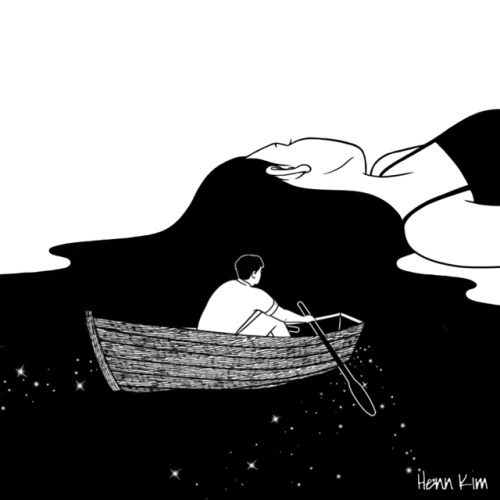

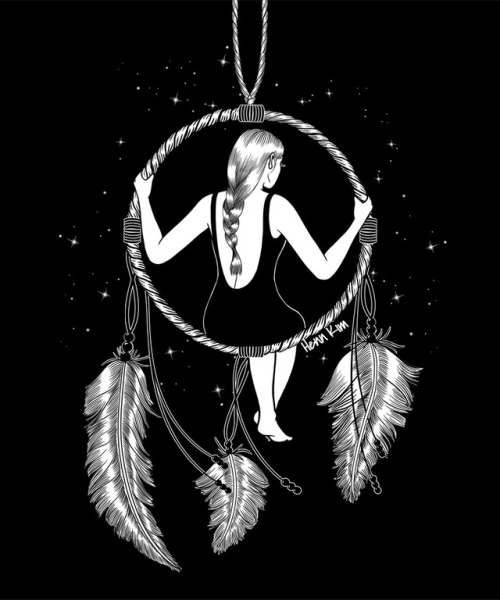

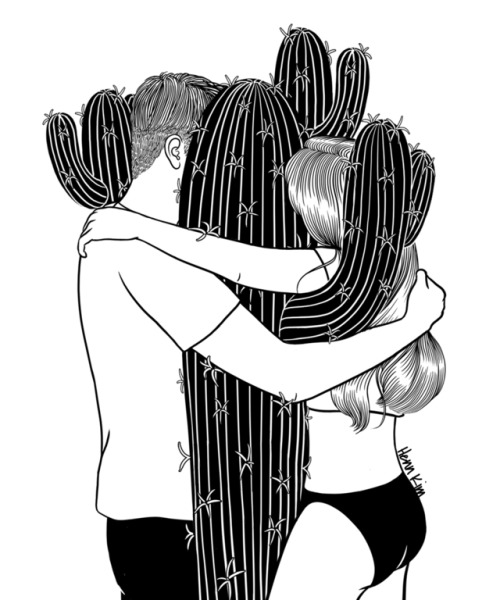
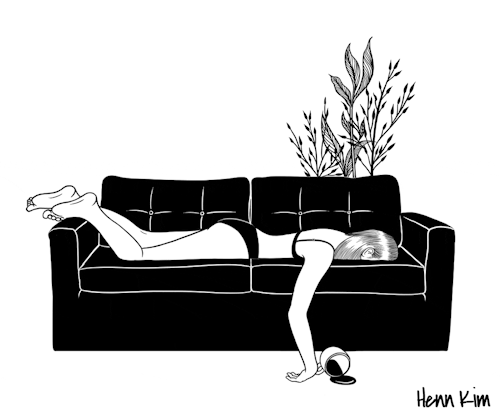
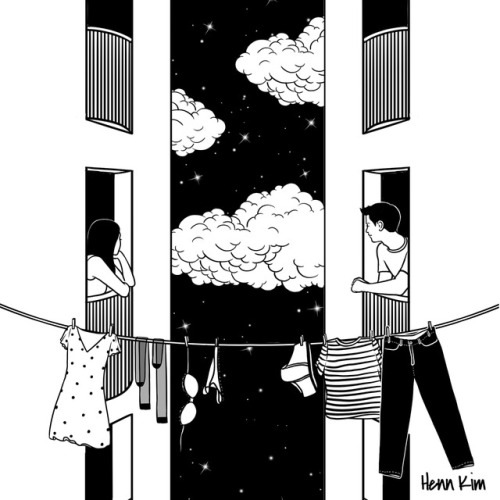
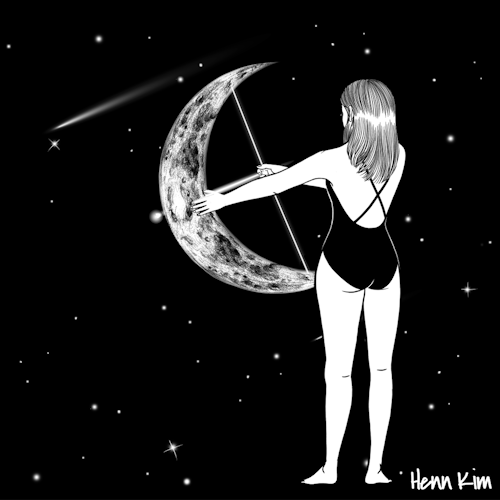
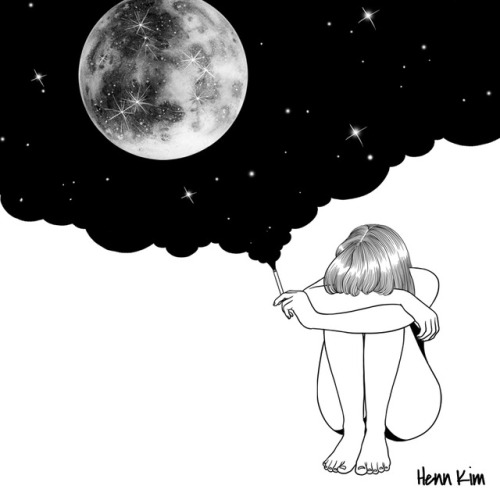
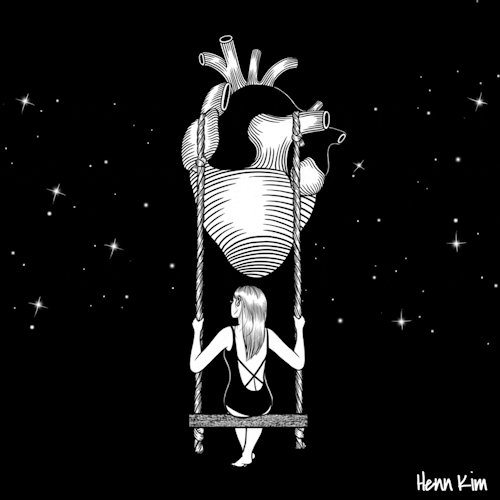
Surreal and Minimalistic Illustrations from Henn Kim
Henn Kim is an illustrator from South Korea. She is the latest phenomenon in social networks. Her drawings, always in black and white, evoke themes of “beautiful dark twisted fantasy”, in her own words.
Her creations speak of love, new technologies, dreams and promises, within a minimalist poetic current, which implores the viewer’s thinking, catching and leaving him wounded. Her world is real, close to surrealism, she communicates with a simple and discreet lines to end up creating something big with facts from everyday life. She usually appears in the media of her country and her work is very close to the South Korean music industry. Thanks Gunter Gallery
More unique art on Cross Connect Magazine:
Twitter || Facebook|| Instagram
Posted by Andrew










crssSurreal and Minimalistic Illustrations from Henn Kim
Henn Kim is an illustrator from South Korea. She is the latest phenomenon in social networks. Her drawings, always in black and white, evoke themes of “beautiful dark twisted fantasy”, in her own words.
Her creations speak of love, new technologies, dreams and promises, within a minimalist poetic current, which implores the viewer’s thinking, catching and leaving him wounded. Her world is real, close to surrealism, she communicates with a simple and discreet lines to end up creating something big with facts from everyday life. She usually appears in the media of her country and her work is very close to the South Korean music industry. Thanks Gunter Gallery
More unique art on Cross Connect Magazine:
Twitter || Facebook|| Instagram
Posted by Andrew

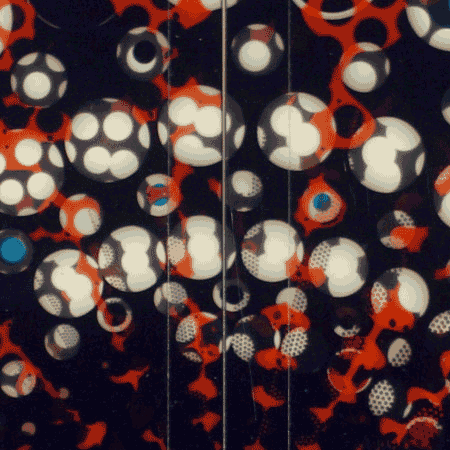

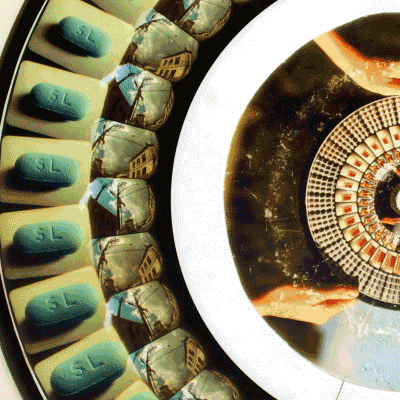
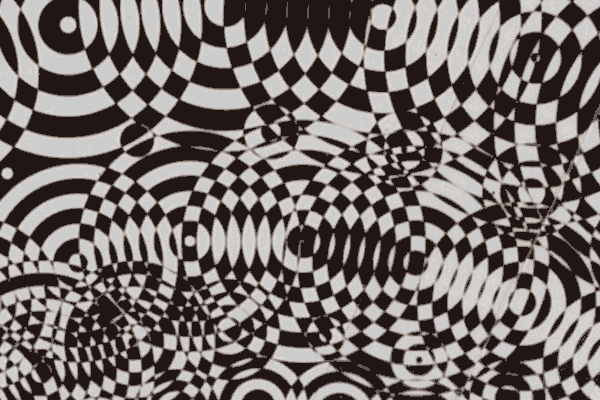



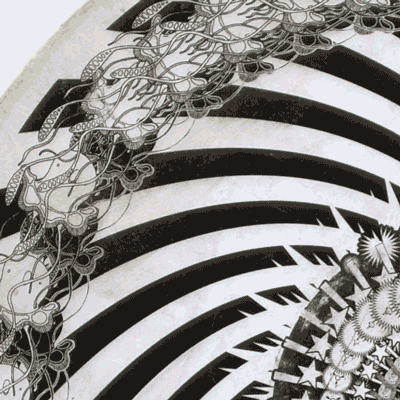

Reuben Sutherland is from New Zealand and is job is ‘mostly making arty graphic stuff’. He makes his gifs as part of the Audiovisual duo Sculpture for live performances. He views his gifs as ‘doodles’ just to show zoetropes ahd how they animate. Despite his downplaying of these gifs as ‘doodles’ they are inventive, beautiful and mesmerizing. I may even call these Art.
Posted by David










Reuben Sutherland is from New Zealand and is job is ‘mostly making arty graphic stuff’. He makes his gifs as part of the Audiovisual duo Sculpture for live performances. He views his gifs as ‘doodles’ just to show zoetropes ahd how they animate. Despite his downplaying of these gifs as ‘doodles’ they are inventive, beautiful and mesmerizing. I may even call these Art.
Posted by David